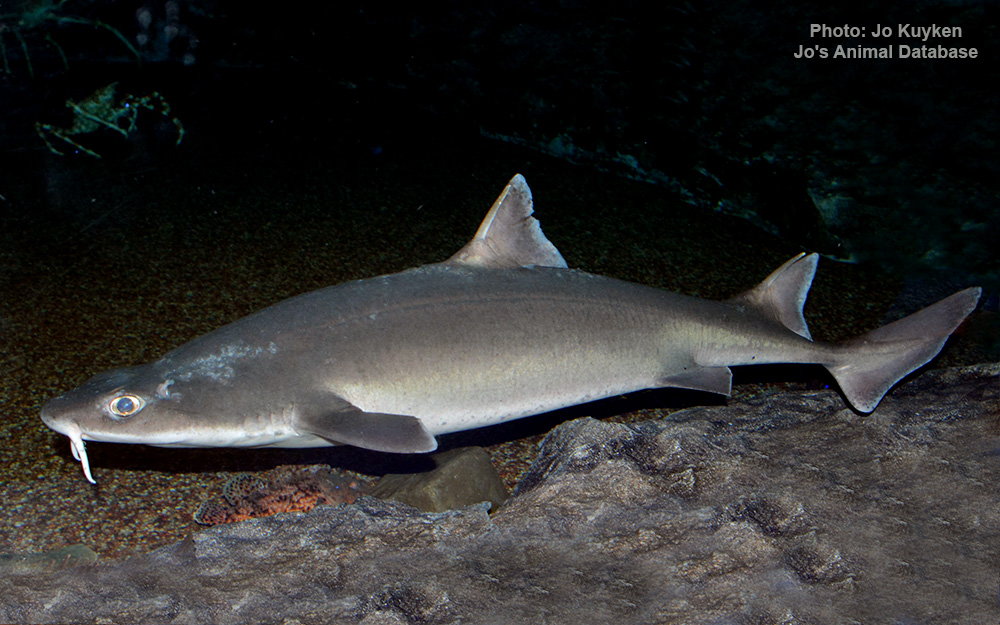Mandarin dogfish
(Cirrhigaleus barbifer)

Image source: Jo's Animal Database
Classification
General data
The mandarin dogfish (Cirrhigaleus barbifer) is a dogfish, a member of the family Squalidae in the order Squaliformes.
It is found at depths of 140–650 metres (460–2,130 ft) off southern Japan, Taiwan, and Indonesia (Bali and Lombok). Populations off Australia and New Zealand were formerly included in this species, but in 2007 these were assigned to a new species, the southern mandarin dogfish. It is not clear which of these species is involved in other populations from the tropical West Pacific.
In March 2013 it was announced that two sharks caught near Rottnest Island off the coast of Western Australia in 2011 had been identified as Cirrhigaleus barbifer.
The mandarin dogfish (Cirrhigaleus barbifer) ranges in colour from grey to brown, with a pale underside. Many also display a mottled pattern near the snout and various locations along the dorsal side. Cirrhigaleus barbifer has a stout body and a short snout, with two to three rows of teeth on both upper and lower jaws.
The maximum length of the species is not certain, but one of the longest lengths recorded was observed with a 125 cm mature female. On average, the males are a shorter length than their female counterparts.
One of the most distinct features of the species are their elongated nasal barbels, thought to help with locating prey.











